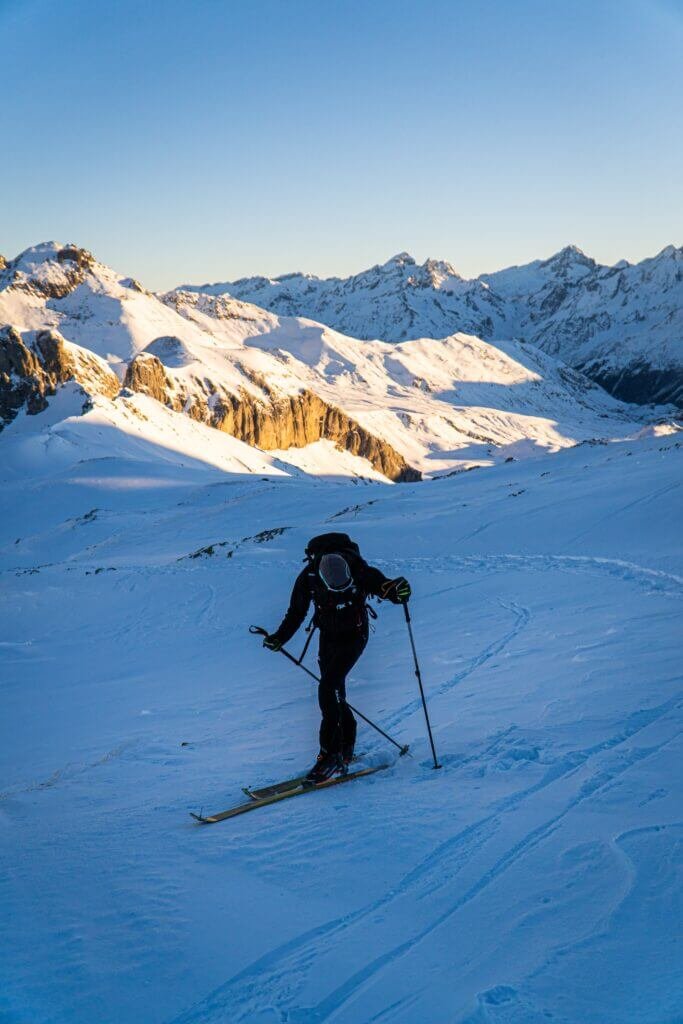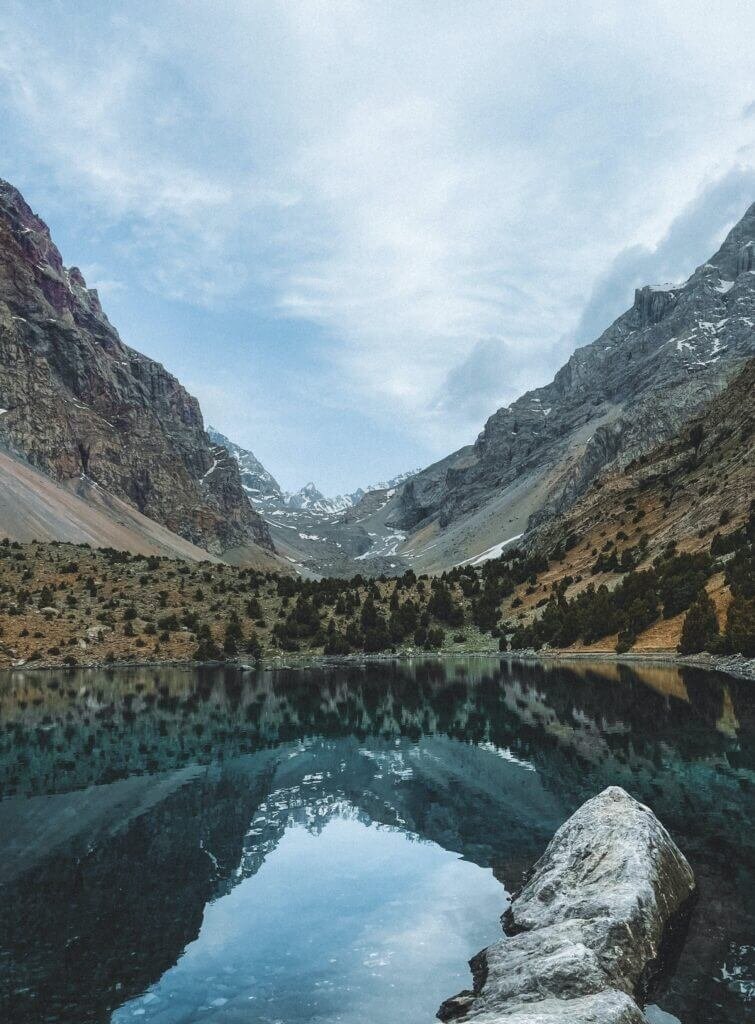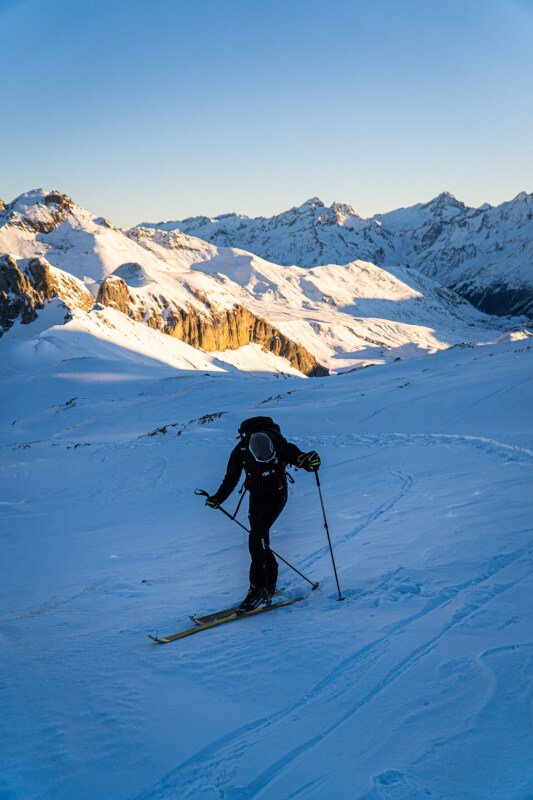When it comes to camping in extreme conditions, there are important factors to keep in mind to ensure a safe and enjoyable experience. From choosing the right gear to staying prepared for unexpected weather changes, being well-prepared can make all the difference. Whether you’re venturing into challenging terrains or battling the elements, this article will guide you through the essential considerations for camping in extreme conditions. So, before you embark on your next adventure, let’s explore the key factors that will help you conquer the great outdoors, no matter how extreme it gets. Camping in extreme conditions requires careful planning and the right gear to ensure your safety and comfort. In this article, we will guide you through the essential considerations for camping in extreme weather and terrain.

Selecting the Right Gear
Choosing a Four-Season Tent
When camping in extreme conditions, it is crucial to invest in a four-season tent. These tents are specifically designed to withstand harsh weather conditions such as heavy snow, strong winds, and low temperatures. Look for a tent that offers strong pole construction, a durable rainfly, and ample ventilation to prevent condensation buildup.
Insulated Sleeping Bag and Pad
To stay warm during cold nights, an insulated sleeping bag and pad are essential. Look for a sleeping bag with a temperature rating suitable for the expected weather conditions. Consider the insulation type and thickness to ensure maximum warmth. A good sleeping pad will insulate you from the cold ground and provide additional comfort.
Layered Clothing and Rain Gear
Proper clothing is vital for staying warm and dry in extreme conditions. Dressing in layers allows you to adjust your clothing based on the temperature. Start with a moisture-wicking base layer, followed by insulating layers, and top it off with a waterproof and breathable outer shell. Don’t forget to pack rain gear such as a waterproof jacket and pants to protect yourself from rain or snow.
Protective Footwear
Choosing the right footwear is crucial when camping in extreme conditions. Look for insulated and waterproof boots that provide good traction on slippery terrain. Consider the thickness of the sole and opt for boots that provide sufficient insulation to keep your feet warm. Don’t forget to bring gaiters to protect your legs from snow and water.
Checking Weather Conditions
Researching Regional Climate Differences
Different regions can have vastly different weather conditions, even within the same season. Research the area you plan to camp in and familiarize yourself with the typical temperature range, precipitation levels, and wind patterns. This knowledge will help you select appropriate gear and plan your activities accordingly.
Checking Local Weather Forecasts
In the days leading up to your camping trip, keep a close eye on the local weather forecasts. This will give you a better idea of what to expect during your stay. Pay attention to temperature fluctuations, wind speeds, and the likelihood of precipitation. Take note of any weather warnings or advisories issued for the area.
Keeping an Eye on Storm Warnings
While camping in extreme conditions, it is crucial to stay prepared for sudden weather changes. Keep an eye on storm warnings and be ready to adjust or postpone your plans if necessary. It is better to be safe than sorry, so always prioritize your safety and the safety of your camping companions.

Preparing a Comprehensive Checklist
Essential Camping Equipment
Before embarking on your camping trip, make sure you have all the essential equipment. This includes a tent, sleeping bag, sleeping pad, cookware, stove or fire pit, utensils, headlamp or flashlight, camping stove or fuel, water filter or purifier, and a pocket knife. Check each item off your list to ensure you haven’t forgotten anything crucial.
Emergency Supplies
In extreme conditions, it is essential to be prepared for emergencies. Pack a first aid kit with essential supplies such as bandages, antiseptic wipes, pain relievers, and any necessary medication. Additionally, carry emergency signaling devices such as a whistle, mirror, or flare, as well as a fully charged mobile phone or satellite communication device.
Food and Water Reserves
Plan your meals in advance and pack sufficient non-perishable food items. Choose nutrient-dense options that are easy to prepare and require minimal cooking. Don’t forget to bring extra food in case of unexpected delays. Similarly, ensure you have an adequate supply of drinking water or a water filter/purifier to treat any available water sources.
Navigation and Communication Devices
When camping in extreme conditions, it is crucial to have reliable navigation and communication devices. Carry detailed maps and a compass to navigate in case of GPS failure. Additionally, consider carrying a GPS device or using navigation apps on your phone. Remember to bring spare batteries or a portable charger to keep your devices powered.
Securing a Suitable Campsite
Choosing Sheltered Locations
When setting up your campsite, try to find a sheltered location that provides protection from strong winds and inclement weather. Look for natural windbreaks, such as tree lines or rock formations. Camping near natural features can offer some degree of shelter and improve your overall camping experience.
Avoiding Avalanche and Flood Zones
Research the area for potential avalanche or flood zones, especially if you plan to camp in mountainous or flood-prone regions. Avoid camping in these high-risk areas as they pose a significant threat to your safety. Instead, choose a location on higher ground or away from avalanche chutes and floodplains.
Establishing Solid Anchoring for Tents
To ensure your tent stays secure in extreme weather, establish solid anchoring points. Use sturdy tent stakes or snow anchors designed for the specific terrain. Consider burying your tent’s guylines in snow or using snow blocks to improve stability. Properly set up your tent and check for any loose connections before settling in.
Maximizing Sun Exposure
In extreme cold conditions, sunlight is your ally. Setting up your campsite in an area that receives maximum sunlight can help keep you warm and improve your overall comfort. Consider the direction of the sun’s movement throughout the day and choose a location that receives ample sunlight.

Building a Secure Shelter
Creating Windbreaks
Building windbreaks around your campsite can provide much-needed protection from strong winds. Utilize natural materials such as rocks, logs, or snow walls to create barriers that block or divert the wind. Be sure to leave enough gaps for proper ventilation and avoid creating a complete enclosure that could trap potentially harmful gases.
Developing Snow Walls
In winter camping, snow walls can serve as effective windbreaks and offer additional insulation for your shelter. Build snow walls around your tent or campsite, taking care to create a stable structure. Compact the snow firmly, ensuring it has enough density to withstand strong winds or heavy snowfall.
Constructing a Sturdy Fire Pit
A properly constructed fire pit is crucial for managing fire and heating in extreme conditions. Choose a safe location away from flammable materials and clear the area of snow and debris. Dig a pit and line it with rocks to contain the fire. Make sure the pit is deep enough to prevent ash or embers from blowing away.
Managing Fire and Heating
Understanding Local Fire Regulations
Before starting a fire, familiarize yourself with the local fire regulations and any restrictions in place. In some areas, open fires may be prohibited or restricted to designated fire rings or stoves. Respect these regulations to prevent wildfires and potential legal consequences.
Using an Appropriate Stove or Fire Pit
When camping in extreme conditions, a reliable stove or fire pit is essential for cooking and heating. Choose a stove or fire pit suitable for the terrain and weather conditions. Opt for models that are stable and have wind-resistant features. Test your stove or fire pit before your camping trip to ensure it functions properly.
Practicing Safe Fire Management
Proper fire management is essential to prevent accidents and minimize the impact on the environment. Always supervise the fire and never leave it unattended. Keep a bucket of water or a fire extinguisher nearby for emergencies. Once you are done with the fire, ensure it is fully extinguished and cool to the touch before leaving the campsite.
Maintaining Hydration and Nutrition
Drinking Sufficient Water
Staying hydrated is crucial in extreme conditions. Drink regularly, even if you do not feel thirsty, to avoid dehydration. Carry an adequate supply of water and consider using an insulated bottle or keeping it close to your body to prevent freezing. If water sources are available, use a water filter or purifier to treat the water before drinking.
Melting Snow or Ice for Water
In snowy or icy conditions, melting snow or ice for water is an option. However, be cautious as not all snow or ice is safe to consume. Avoid collecting snow from polluted or visibly dirty areas. Melt the snow or ice in a clean container and bring it to a rolling boil to kill any potential pathogens before using it for cooking or drinking.
Planning Nutritious and Non-Perishable Meals
In extreme conditions, it is essential to have a well-balanced and non-perishable food supply. Plan your meals in advance, considering calorie-dense options that provide the necessary nutrients for outdoor activities. Choose foods with a long shelf life and pack them securely to prevent spoilage or contamination.
Staying Dry and Warm
Using a Ground Tarp
Using a ground tarp beneath your tent provides an extra layer of protection against moisture seeping through the floor. Place the tarp under your tent, ensuring it extends slightly beyond the tent’s footprint. This additional barrier can help keep you dry and prevent damage to your tent.
Applying Waterproofing Sprays
To enhance the water resistance of your gear, consider using waterproofing sprays. Apply these sprays to your tent, rainfly, boots, and other gear that may come in contact with moisture. Follow the manufacturer’s instructions for application and reapply as necessary to maintain the effectiveness of the waterproofing.
Drying Wet Clothing
If your clothing gets wet due to rain, snow, or sweat, it is essential to dry them as soon as possible. Hang damp clothes inside your tent or in a covered area to dry. You can also use body heat to accelerate the drying process by wearing damp clothes within your sleeping bag.
Navigating in Extreme Weather
Carrying Detailed Maps and Compass
When venturing into extreme conditions, carrying detailed maps and a compass is crucial for navigation. Familiarize yourself with the terrain and plan your routes in advance. Use your maps and compass to orient yourself and find landmarks, even in areas with limited visibility.
Using GPS or Navigation Apps
While traditional navigation tools are reliable, using a GPS device or navigation apps on your phone can be an added advantage. These electronic devices provide real-time tracking of your location and can assist you in finding your way in challenging conditions. However, keep in mind that these devices rely on batteries, so carry backup power sources.
Understanding Snow and Ice Navigation
Navigating in snowy or icy conditions requires specific skills. Learn techniques such as using ice axes, crampons, or snowshoes to travel safely on these challenging terrains. Understand how to traverse slopes, recognize potential hazards like crevasses, and practice self-arrest techniques in case of slips or falls.
Understanding and Managing Altitude
Researching Altitude Sickness
If you plan on camping at high altitudes, it is essential to familiarize yourself with the symptoms and risks of altitude sickness. Research the signs of acute mountain sickness (AMS), high altitude pulmonary edema (HAPE), and high altitude cerebral edema (HACE). Understand the importance of gradual acclimatization and how to recognize and address these conditions.
Acclimatization and Gradual Ascent
To minimize the risk of altitude sickness, allow time for acclimatization and plan for a gradual ascent. Avoid gaining elevation too quickly to give your body enough time to adjust to the thinner air. Plan rest days during your climb to allow your body to adapt to the changing altitude.
Identifying Symptoms and Seeking Help
While camping at high altitudes, it is important to monitor yourself and your camping companions for any signs of altitude sickness. These symptoms may include headaches, nausea, dizziness, fatigue, and shortness of breath. If symptoms become severe or worsen, descend to a lower altitude immediately and seek medical help if necessary.
In conclusion, camping in extreme conditions requires thorough preparation and the right mindset. By selecting the right gear, checking weather conditions, preparing a comprehensive checklist, securing a suitable campsite, building a secure shelter, managing fire and heating, maintaining hydration and nutrition, staying dry and warm, navigating in extreme weather, understanding and managing altitude, you can enjoy a safe and memorable camping experience even in the harshest environments. Remember to prioritize safety and always be prepared for any challenges that may come your way. Happy camping!


